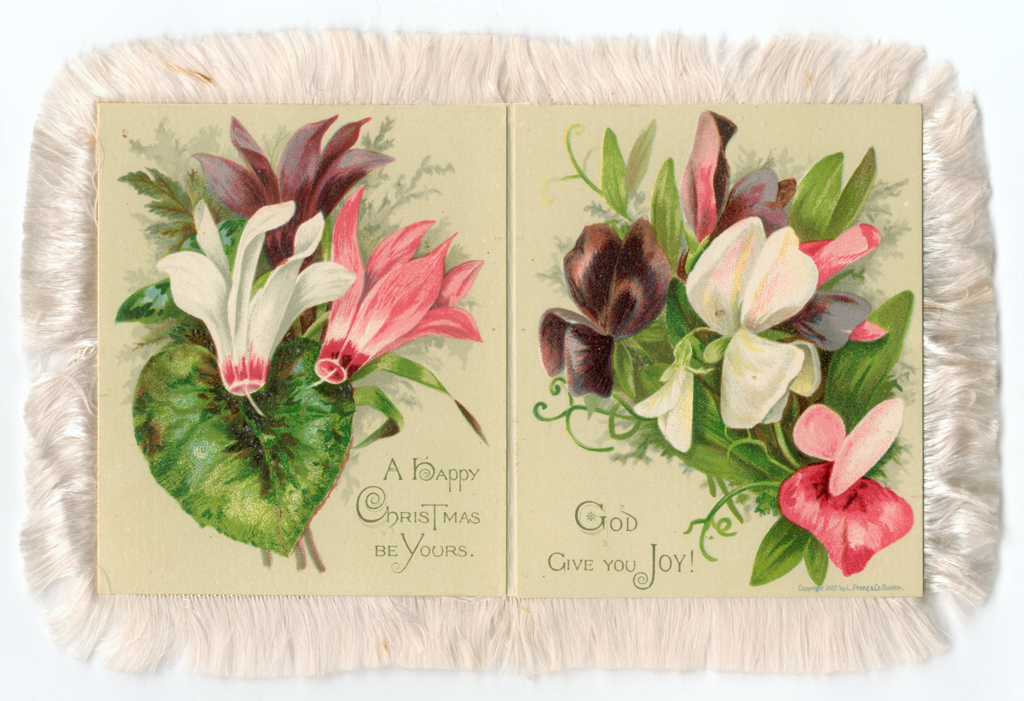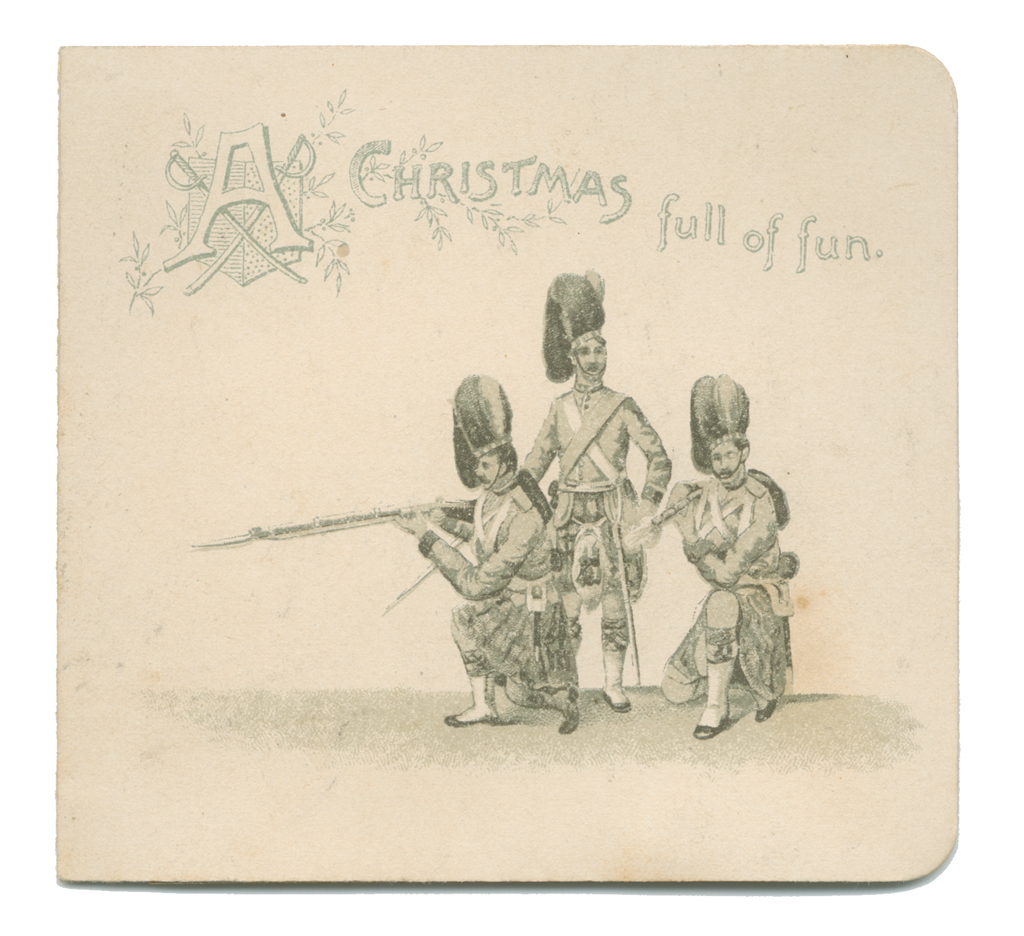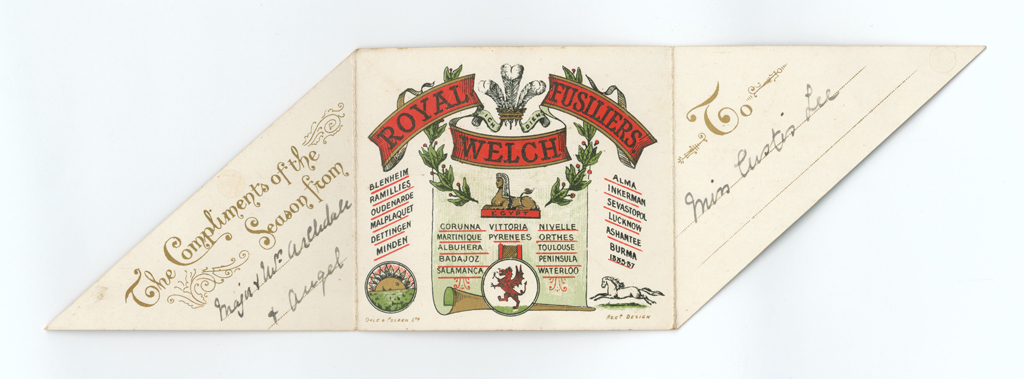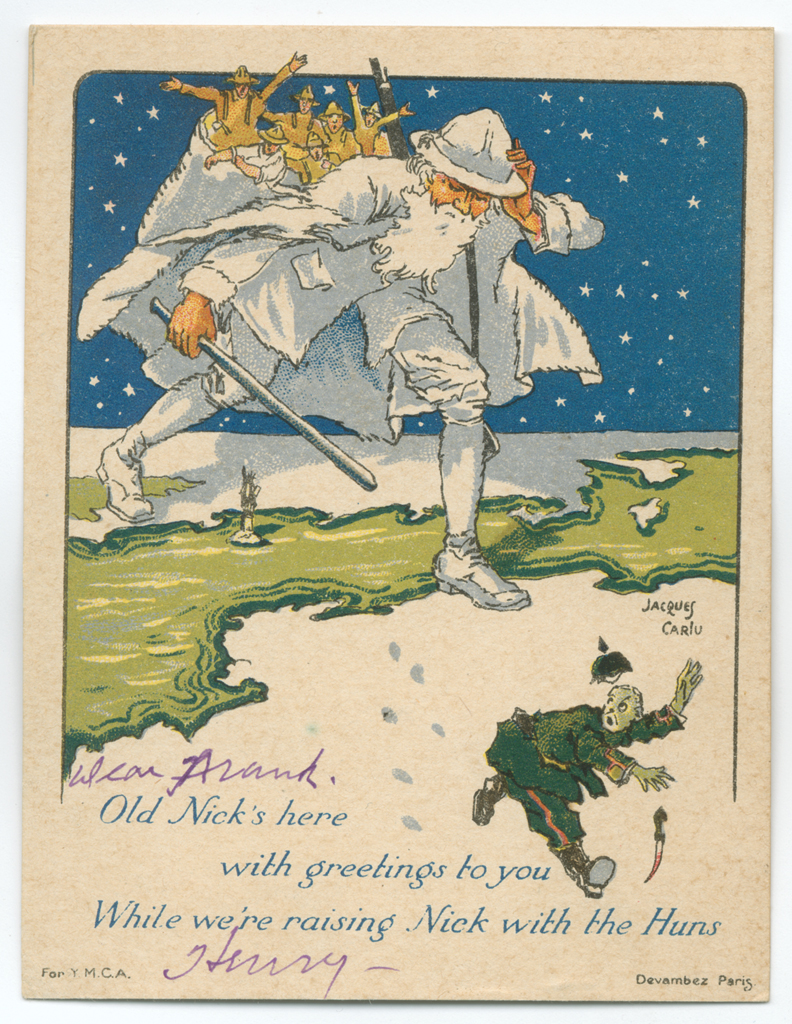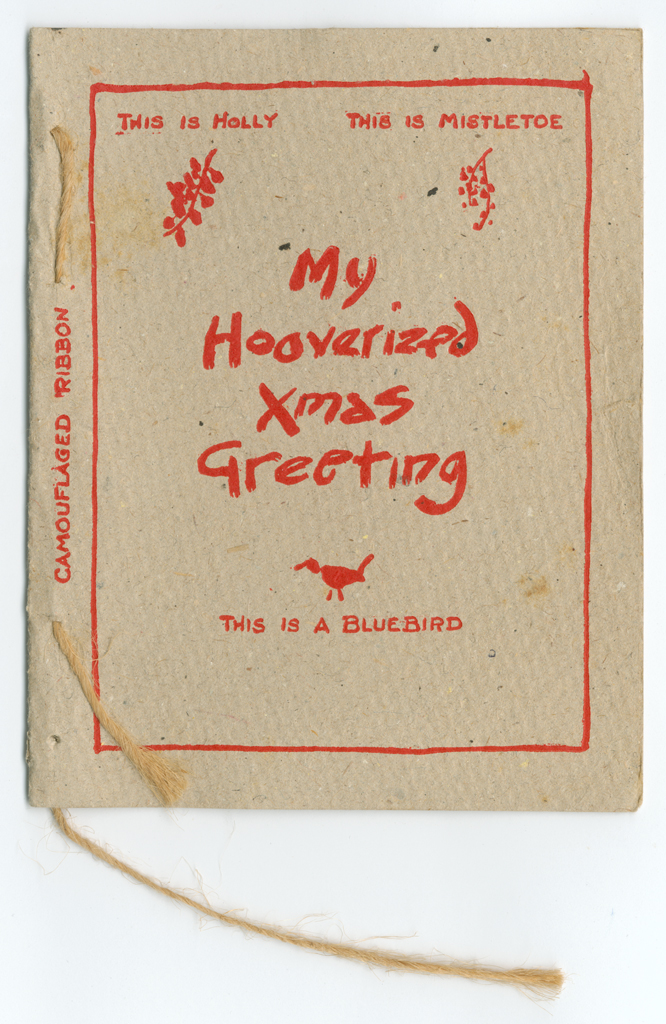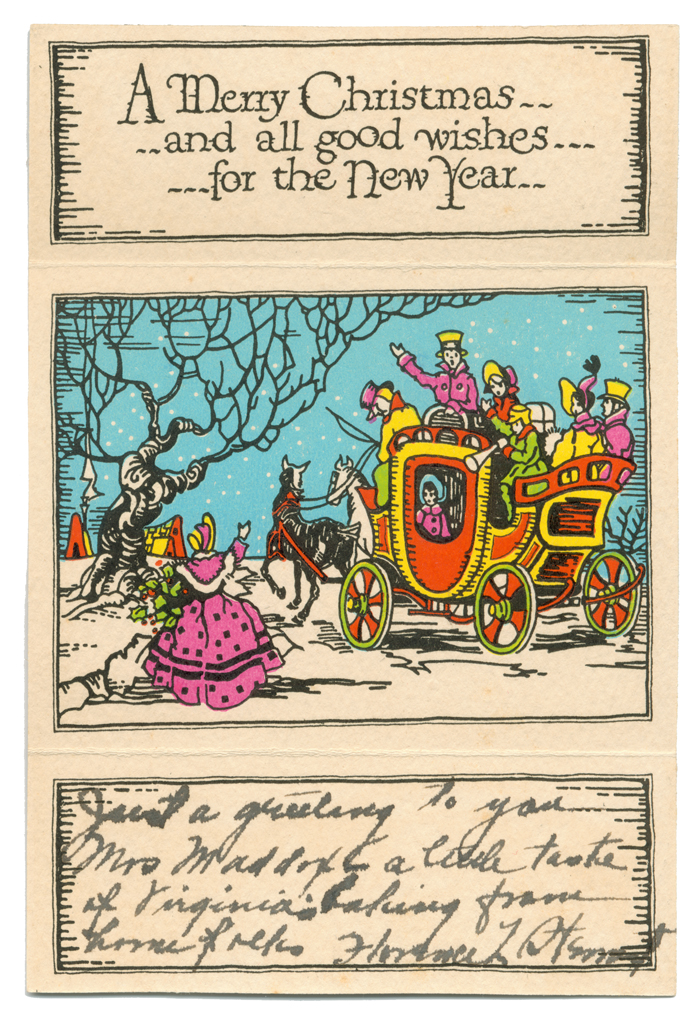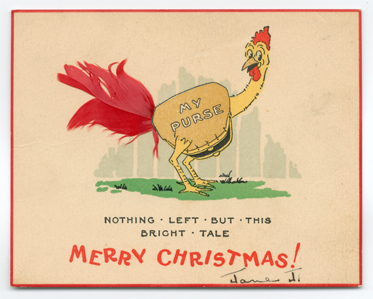Christmas cards are ephemeral, and this essence is the very reason they can be of interest to researchers. Scholars studying seasonal imagery and traditions, trends in graphic design and print technology, even political and economic pressures can gain valuable insight from the brief, episodic life of Christmas cards.
The first commercially produced Christmas card was created in London in 1843, at a time when Charles Dickens published A Christmas Carol and Queen Victoria was introducing German Christmas traditions to the British populace.
The popularity of Christmas cards grew throughout the mid-nineteenth century and spread to both sides of the Atlantic. Imagery on Victorian Christmas cards was quite different from today's standards. Bouquets of spring and summer flowers were more common than seasonal or religious images. By the early twentieth century, as increasing numbers of publishers capitalized on the rising demand of Christmas cards, the imagery became standardized with more seasonal and religious imagery.

